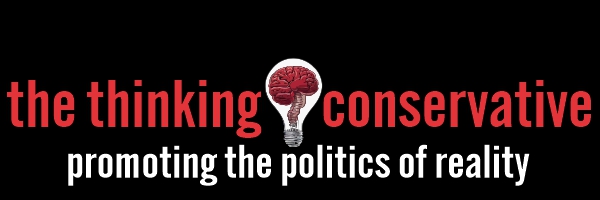A new animal study uses gold nanoparticles for both creating images of and destroying biofilms on teeth and skin wounds.
What if you could wield a laser sword against microscopic invaders, not in a galaxy far, far away, but in your own body?
Scientists have developed a technique using laser-heated gold nanoparticles to visualize and destroy bacterial biofilms. This approach, tested on rodent teeth and skin wounds, may someday potentially replace antibiotics and treat drug-resistant superbugs.
New Therapy Fights Bacteria Without Antibiotics
Researchers at the University of Pennsylvania and Stanford University have developed a novel technique using sugar-coated gold nanoparticles. When heated by near-infrared lasers, these nanoparticles can both show and destroy biofilms in infected teeth and skin wounds of rats and mice.
Biofilms are groups of tiny living things that cling to surfaces. These surfaces can be non-living, like rocks in a stream, or parts of animals, like skin or gut lining.
The study, published in The Journal of Clinical Investigation, demonstrated these dual-purpose nanoparticles’ diagnostic and therapeutic potential in eliminating entrenched bacteria and viruses.
“We have developed a highly innovative and clinically translatable infectious treatment technique,” Maryam Hajfathalian, who holds a doctorate in mechanical engineering and is the study’s lead author, told The Epoch Times. It’s a “rapid, drug-free method for wound and skin infection imaging and treatments.”
This is a new way to clean teeth and wounds using tiny gold particles and light, she added. “This is the first time that we have used engineered gold nanoparticles to eradicate oral biofilms using photothermal therapy.”
According to Ms. Hajfathalian, these particles work quickly, killing harmful bacteria in under a minute without broad-spectrum antibiotics. Because they work so well, scientists may be able to make new products like special mouthwash, sticky strips, or bandages that use light to clean wounds.
The research received support from several National Institutes of Health (NIH) branches, including the National Institute of Biomedical Imaging and Bioengineering (NIBIB).








